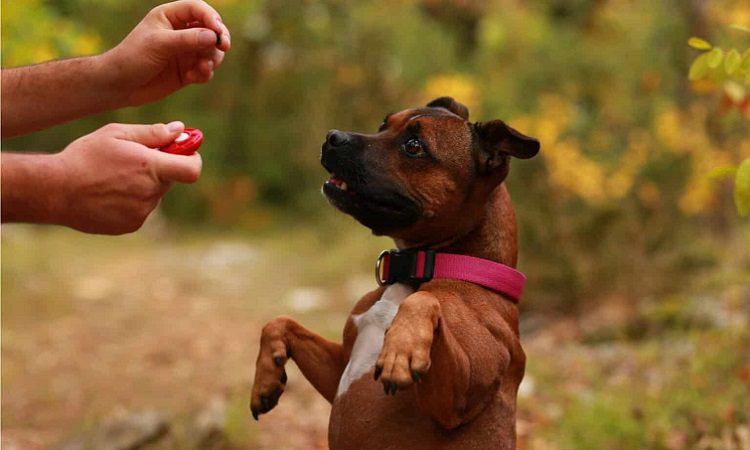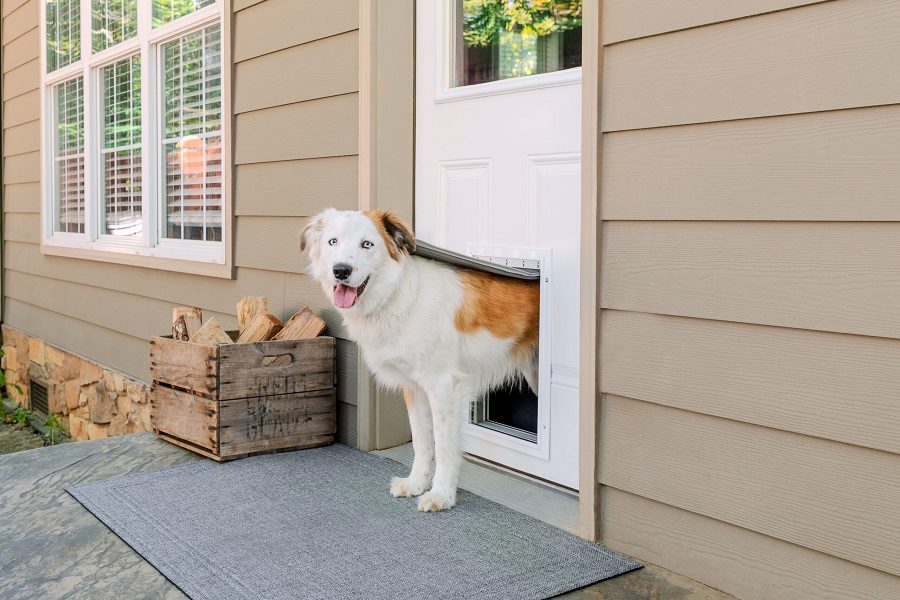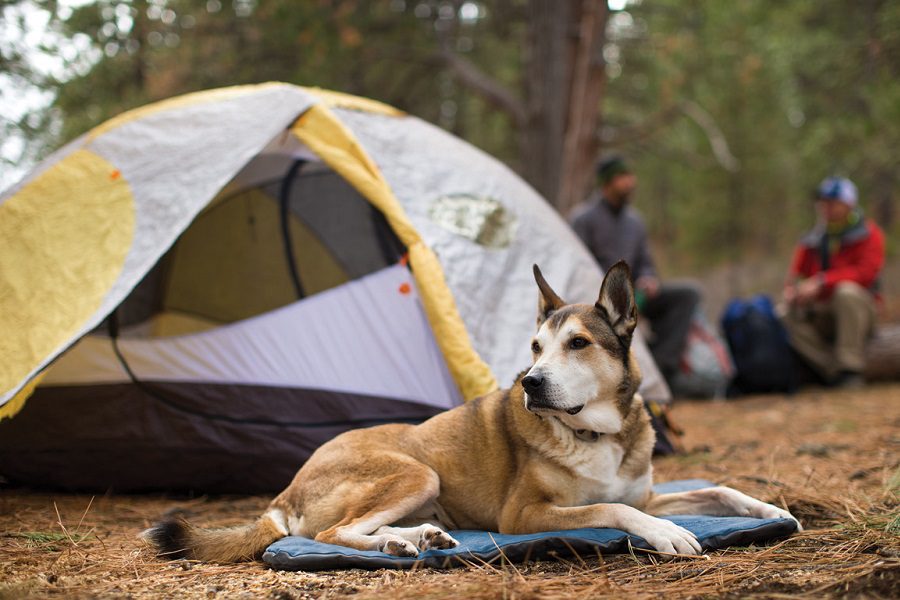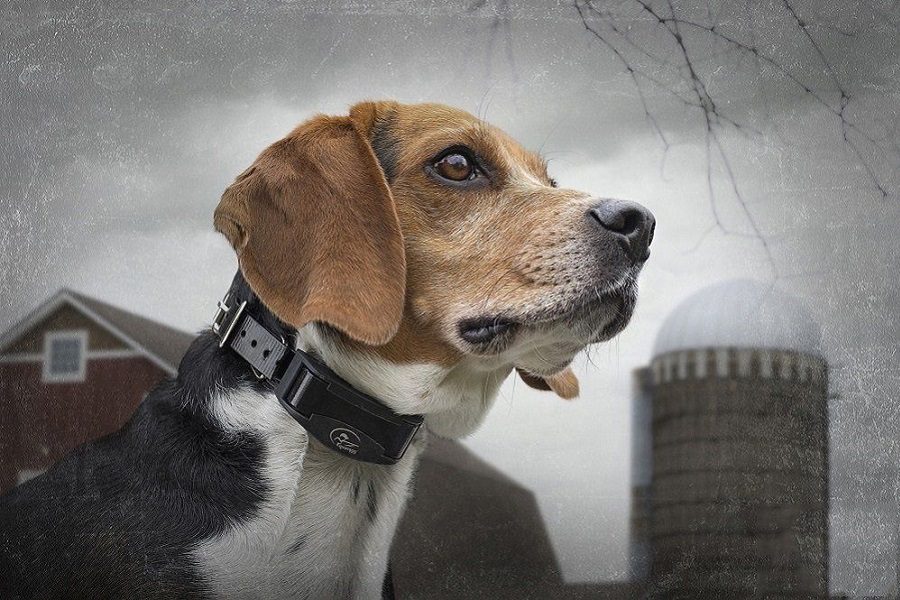Last Updated: 10 months ago
The dog clicker is a really useful training tool.
When I first started training, I figured that tools like the whistle and the clicker were unnecessary and even avoided them because I figured they were just fads that would fade away.
But as I actually learned about the dog clicker training method and started honing my skills, I realized that these tools (while they might be fashionable in some circles) are not fads and actually do make training easier, no matter if you are training an adult dog or a puppy.
These dog clicker training tips will allow you to get better at using a clicker for dog training, and you’ll be an expert at it in no time.
Dog Clicker Training Advantages & Disadvantages
Dog training with clicker devices can be easier, but you want to make sure that you get the right one for your training style.
There are so many out there that you should have no trouble choosing, but you should be aware of both the advantages of using a dog training clicker before you buy it and the disadvantages.
Advantages
There are a number of advantages that a dog clicker gives you. You get a consistent sound that is easy for the dog to recognize. You also have something portable and lightweight that you can carry with you in order to do dog training whenever you want.
In addition, dog clicker trainers are extremely humane and do not hurt the dog at all, like some training collars do. They are also one of the least expensive items to buy when it comes to training tools.
Disadvantages
It’s never prudent to choose a tool before you look at both sides. In this case, clicker training requires a bit of practice before you can get it right, and it is easy to fail at proper training with a clicker.
You need to time it right and pair it with other tools like doggie treats or praise when the behavior is performed. Many people have trouble with clicker training.
10 Clicker Training Tips

- Click during the behavior. The timing of your click is very important because otherwise your dog will get confused. Your dog will stop whatever behavior you are teaching at the click, and that’s just fine. Give treats and praise.
- Don’t click more than once if your dog does something that you really like. That just confuses him. Instead, give him some extra treats or praise.
- Don’t just click when your dog does the behavior you are teaching; click whenever your dog does something that you like. When he sits or exhibits any other behavior that you are trying to train, click so that he will associate that behavior with the click – and therefore the treat.
- Don’t wait for the entire behavior. If your dog even looks like he wants to sit, then go ahead and click and reward him. Sometimes, your dog doesn’t know what you want and is testing the water to see if that’s correct.
- Don’t get angry with your dog. If you do, it’s time to stop the training session and wait until you are in a better mood.
- Keep your practice sessions short. You don’t need to do an extended training session. Your dog will get bored, and you will undo the good work that you are doing. Keep your sessions somewhere between five minutes and fifteen minutes, or just take a few minutes whenever you think about it to use the clicker.
- Make sure that you are not using the clicker to get your dog’s attention or to issue commands. That’s not what the clicker is for. The clicker is there simply to let the dog know which behaviors are getting treats. That’s why you can use it for a wide range of behaviors, because whenever your dog hears the click, he will associate whatever behavior he is currently doing with a positive feeling and will want to do it again for tricks.
- Don’t punish bad behavior. Fix them by clicking whenever you see good behavior. Click for not jumping on people, for sitting, for leash pulling, and even for urinating in the proper place.
- Your dog will begin to exhibit behavior at random times when he or she thinks that it is something they are supposed to be doing. They will start doing things to try to get you to click, and this is where you want to transition into verbal cues or hand signals. Click if the behavior happens during or after you initiate it with a different cue.
- Finally, continue raising the bar for your dog. When you have a good response, you can raise the stakes a little. This will help to retain the information and make sure that they clearly associate that behavior with positive rewards and praise.
Bottom Line
A dog clicker is a useful tool for training dogs as it provides a consistent and humane sound that dogs can easily recognize.
However, using a clicker requires practice and timing, and it is important to pair it with other tools like treats or praise. Click during the behavior, but keep sessions short.
You should never use a clicker to get a dog’s attention or to issue commands, but to let the dog know which behaviors are getting treated. Raising the bar for your dog can help them retain the information and associate positive rewards with the behavior.
Resources:



